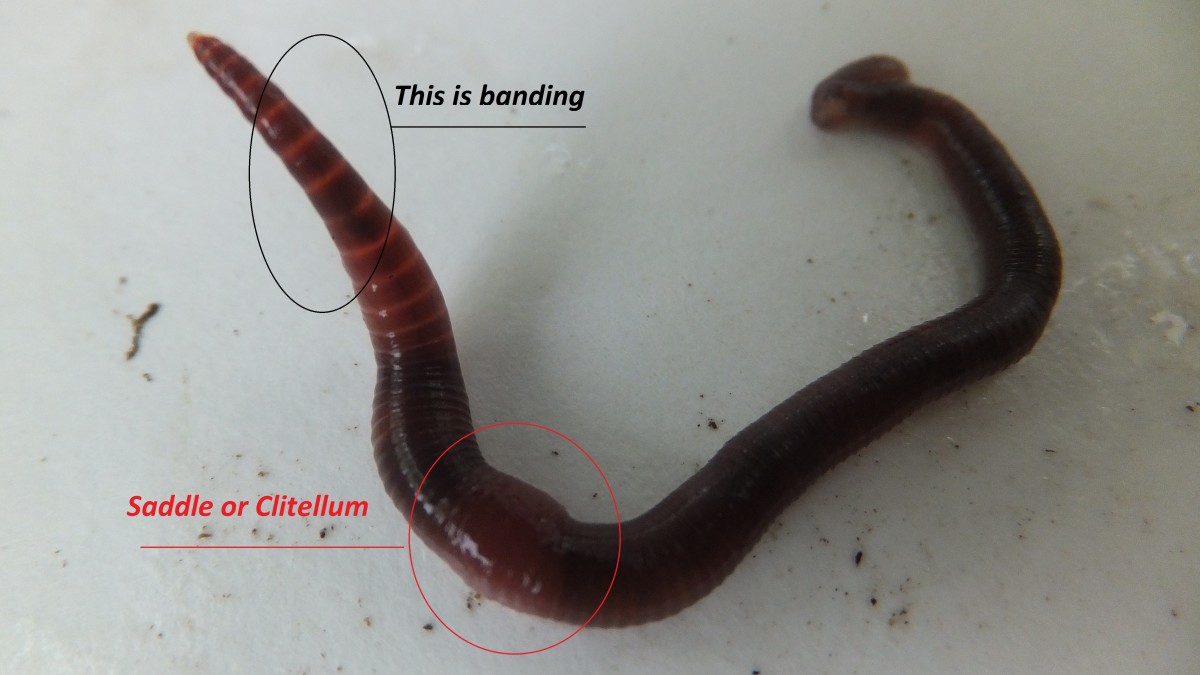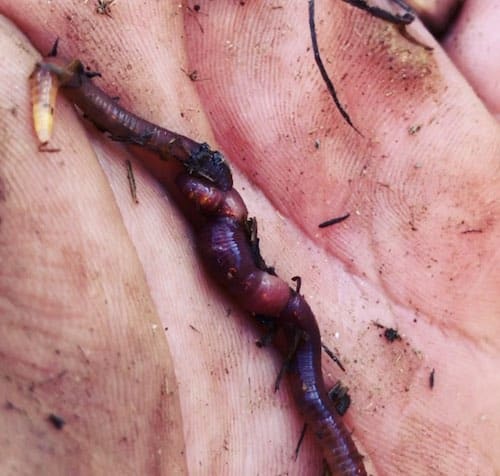Lake Hickory Bait: Your Resource for Productive Fishing on the Lake
Red Wigglers: The Unsung Heroes of Organic Waste Recycling
Red wigglers, or Eisenia fetida, serve as vital agents in the natural waste reusing process, changing discarded products right into valuable vermicompost. Their efficient breakdown of organic issue not just improves soil top quality yet additionally adds to lasting waste administration techniques. As the world increasingly looks for options to fight waste buildup and boost farming productivity, comprehending the role of these worms becomes necessary. What mechanisms allow them to prosper in garden compost settings, and how can they be successfully utilized in both property and industrial settings? Exploring these inquiries reveals the wider ramifications of vermicomposting in our environmental landscape.
What Are Red Wigglers?
The remarkable durability of red wigglers, clinically called Eisenia fetida, emphasizes their vital role in organic waste recycling. These little, reddish-brown earthworms are commonly located in breaking down natural issue, such as compost heap and manure heaps. Lake Hickory Bait. Unlike other earthworm types, red wigglers flourish in nutrient-rich atmospheres and are extremely efficient at breaking down natural products, making them crucial for vermicomposting

(Red Wiggler Express)In addition to their function in waste decrease, red wigglers contribute to dirt health and wellness by enhancing dirt framework and aeration through their burrowing activities (Lake Hickory Bait). Their existence in composting systems not just improves decomposition rates but additionally advertises a sustainable strategy to squander monitoring, illustrating their importance in ecological preservation efforts
Benefits of Composting With Worms
Composting with worms, particularly red wigglers, provides countless advantages that improve both waste monitoring and dirt health and wellness. These worms effectively damage down organic waste, converting it right into nutrient-rich vermicompost that improves dirt. This process accelerates disintegration, permitting a faster recycling of kitchen scraps and other natural products compared to typical composting methods.
Furthermore, the vermicompost created by red wigglers is including advantageous bacteria, which help boost dirt framework, oygenation, and dampness retention. This improves the total health of plants, advertising strenuous development and enhanced yields in yards and farming settings. In addition, using worms in composting minimizes the production of greenhouse gases, such as methane, adding to a more lasting waste administration system.

How to Beginning Vermicomposting
Developing a vermicomposting system is a simple process that can generate significant benefits for both waste monitoring and dirt enrichment. To start, select an appropriate container, such as a plastic bin or wooden box, with sufficient ventilation holes to make sure proper air flow. The measurements must preferably be about 2 feet by 3 feet, enabling ample room for the worms to prosper.
Next, prepare bedding material, which can contain shredded paper, cardboard, or coconut coir. This bedding needs to be dampened to produce an appropriate habitat click to read for the worms. As soon as the bed linens is in location, present red wigglers (Eisenia fetida) into the container, usually around one pound of worms for every single square foot of surface area.
Following the placement of worms, include natural waste, such as fruit and veggie scraps, coffee grounds, and smashed eggshells. With these actions, you will properly start a vermicomposting system that contributes to lasting waste administration and enriches your soil.
Preserving a Healthy And Balanced Worm Bin
(Red Wiggler Express)Maintaining a worm bin flourishing calls for normal interest and like make sure the health and wellness of the red wigglers and the efficiency of the composting process. Appropriate maintenance begins with monitoring the dampness levels; the container must perspire yet not waterlogged. A good guideline is to maintain an uniformity similar to a wrung-out sponge.
Oygenation is crucial too. Carefully mixing the bedding and food scraps every few weeks avoids compaction and guarantees that all worms have access to oxygen. Furthermore, it is necessary to feed the worms properly. A balanced diet regimen of vegetables and fruit scraps, coffee premises, and smashed eggshells must be used in small amounts to avoid overfeeding, which can bring about odors and pests.
If the bin becomes also warm or cold, the worms might become stressed. By carefully taking care of these elements, one can preserve a durable and effective worm container.
Influence on Sustainable Living
The successful maintenance of a worm container not just benefits the wellness of red wigglers but additionally contributes significantly to lasting living practices. By reusing organic waste, such as kitchen scraps and yard debris, red wigglers aid draw away significant amounts of product from landfills. This decrease in waste not just lowers greenhouse gas exhausts yet additionally decreases the environmental concern linked with waste monitoring.
In addition, the castings produced by red wigglers function as a nutrient-rich organic plant food, enhancing soil health and promoting plant development. This all-natural choice to chemical plant foods supports sustainable farming and horticulture practices, decreasing dependence on artificial inputs that can damage ecosystems. Additionally, worm composting cultivates recognition of waste management, urging individuals and communities to take on even more sustainable routines.

Verdict
In recap, red wigglers serve as essential factors to organic waste reusing with their efficient decomposition of natural products. By integrating vermicomposting into waste monitoring strategies, individuals and areas can considerably reduce waste while advertising ecological sustainability.